
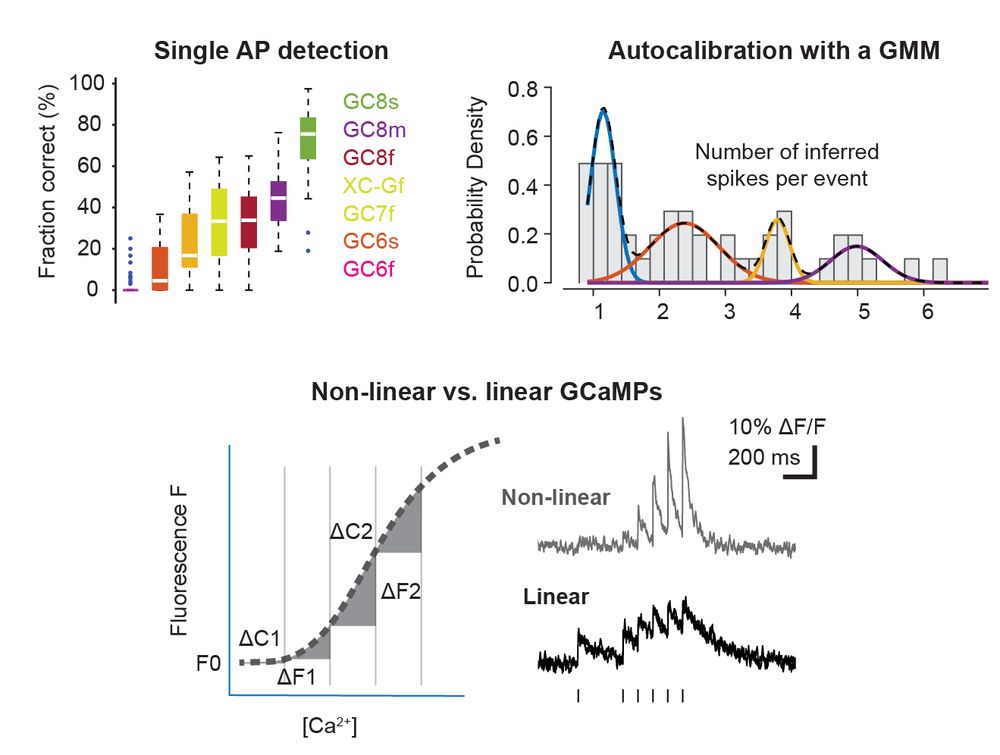
- Calcium imaging
- GCaMP8 vs. GCaMP6
- Spike inference
- Imaging + ephys ground truth
With F. Helmchen, K. Svoboda, M. Rozsa & X. Fang.




arxiv.org/abs/2506.01608

arxiv.org/abs/2506.01608
A fundamental study now published @elife.bsky.social
elifesciences.org/reviewed-pre...
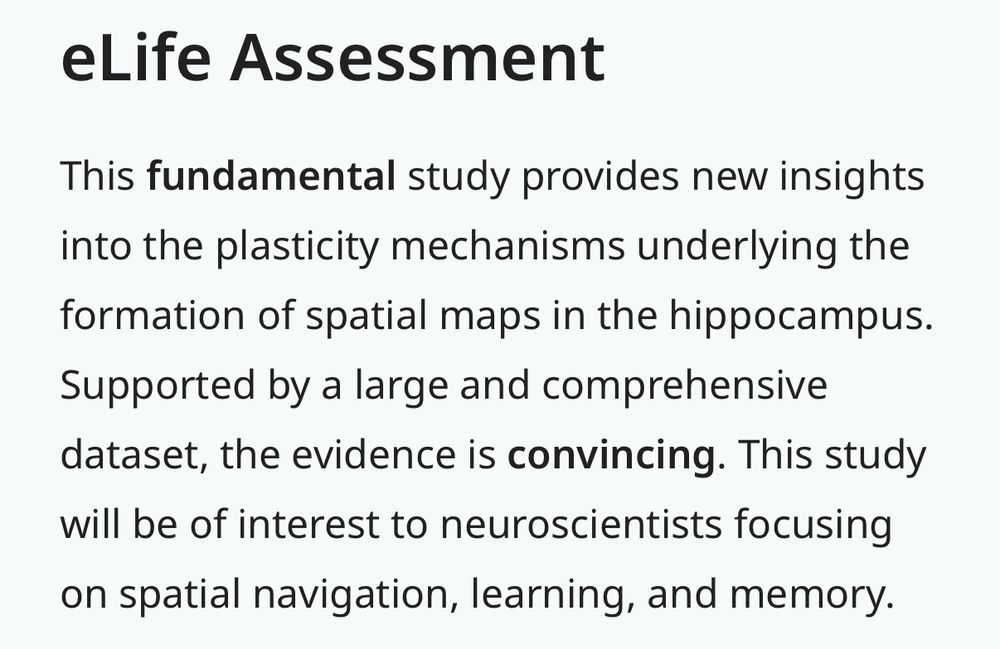
A fundamental study now published @elife.bsky.social
elifesciences.org/reviewed-pre...
EM pictures from this paper: www.biorxiv.org/content/10.1... from the lab of @helenelab.bsky.social

EM pictures from this paper: www.biorxiv.org/content/10.1... from the lab of @helenelab.bsky.social
Featuring work by @lorenabenedetti.bsky.social, O'Hare et al. and Lin et al.!

Featuring work by @lorenabenedetti.bsky.social, O'Hare et al. and Lin et al.!
A sensitive orange fluorescent calcium ion indicator for imaging neural activity
www.biorxiv.org/content/10.1...

A sensitive orange fluorescent calcium ion indicator for imaging neural activity
www.biorxiv.org/content/10.1...
Covering work from @koenvervaeke.bsky.social's lab with @mateneubrandt.bsky.social, Yoav Adam's lab and Bernardo Rudy's lab.
Covering work from @koenvervaeke.bsky.social's lab with @mateneubrandt.bsky.social, Yoav Adam's lab and Bernardo Rudy's lab.
Keywords: patch clamp ephys, opto, mouse behavior, (in vivo) voltage imaging. Would love to return to the Basal Ganglia.
Sharing appreciated, and happy #FluorescenceFriday !
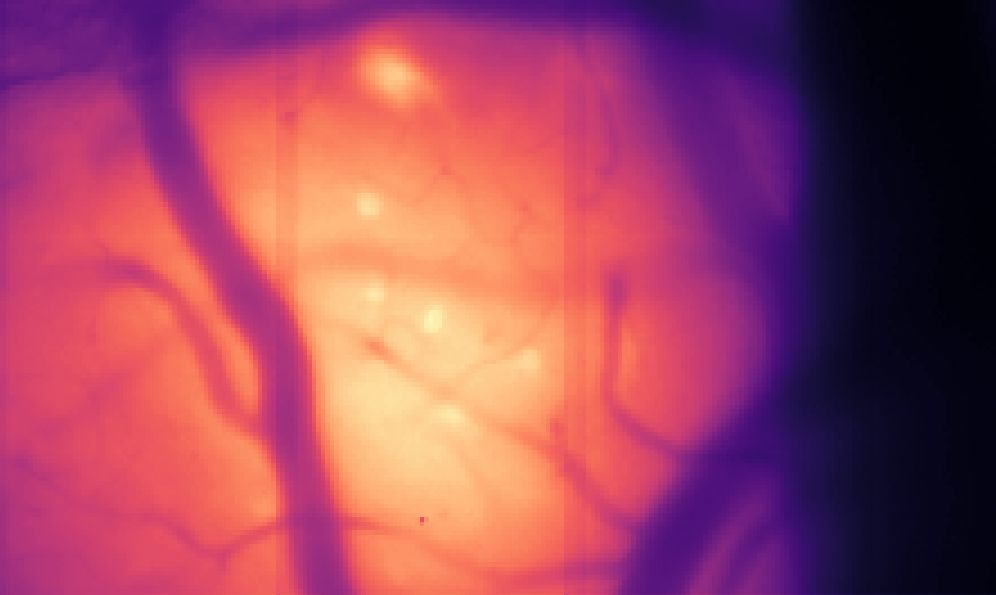
Keywords: patch clamp ephys, opto, mouse behavior, (in vivo) voltage imaging. Would love to return to the Basal Ganglia.
Sharing appreciated, and happy #FluorescenceFriday !
www.nature.com/articles/s42...

www.nature.com/articles/s42...
Our new preprint explores a provocative idea: Small, targeted deviations from this balance may serve a purpose: to encode local error signals for learning.
www.biorxiv.org/content/10.1...
led by @jrbch.bsky.social

Our new preprint explores a provocative idea: Small, targeted deviations from this balance may serve a purpose: to encode local error signals for learning.
www.biorxiv.org/content/10.1...
led by @jrbch.bsky.social
www.biorxiv.org/content/10.1...
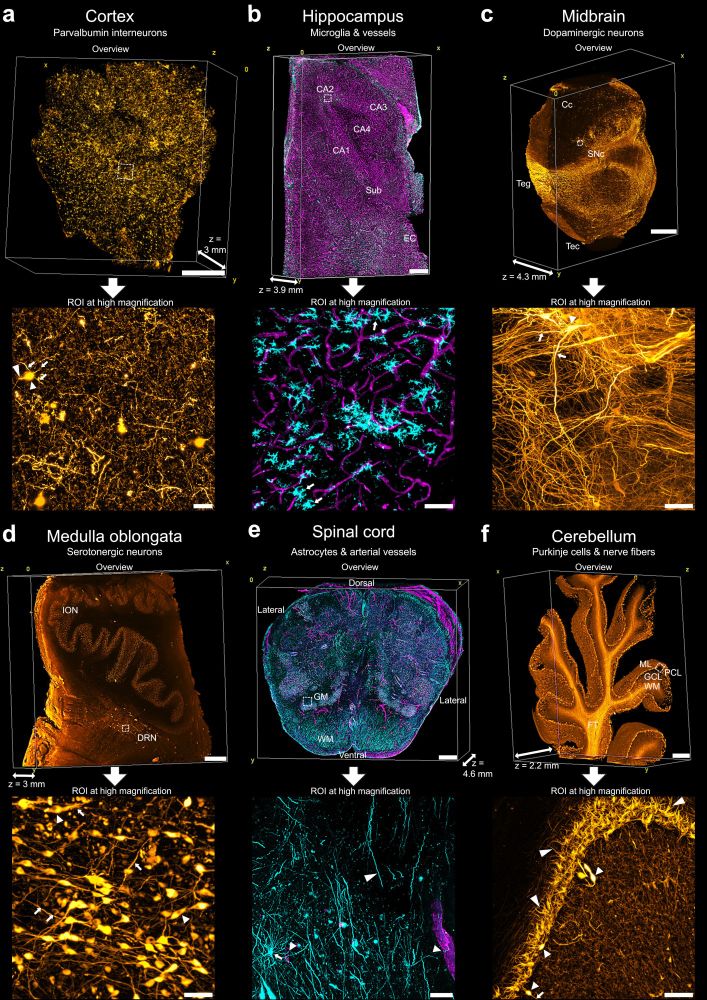
www.biorxiv.org/content/10.1...
A collaboration with @mh123.bsky.social 🚀
github.com/danionella/w...
A collaboration with @mh123.bsky.social 🚀
github.com/danionella/w...

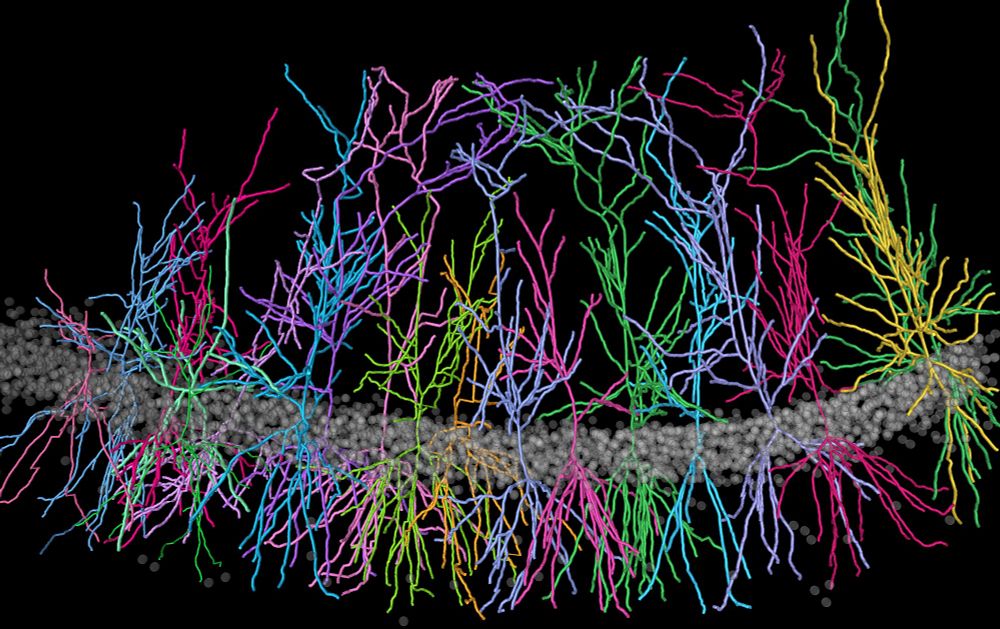
Today at 11 AM EST or 5 PM CET, I'll give a talk: "Effects of locus coeruleus on hippocampal astrocytes and neurons during natural and artificial arousal"
zoom.us/j/99332227402
Today at 11 AM EST or 5 PM CET, I'll give a talk: "Effects of locus coeruleus on hippocampal astrocytes and neurons during natural and artificial arousal"
zoom.us/j/99332227402

rdcu.be/edQXi
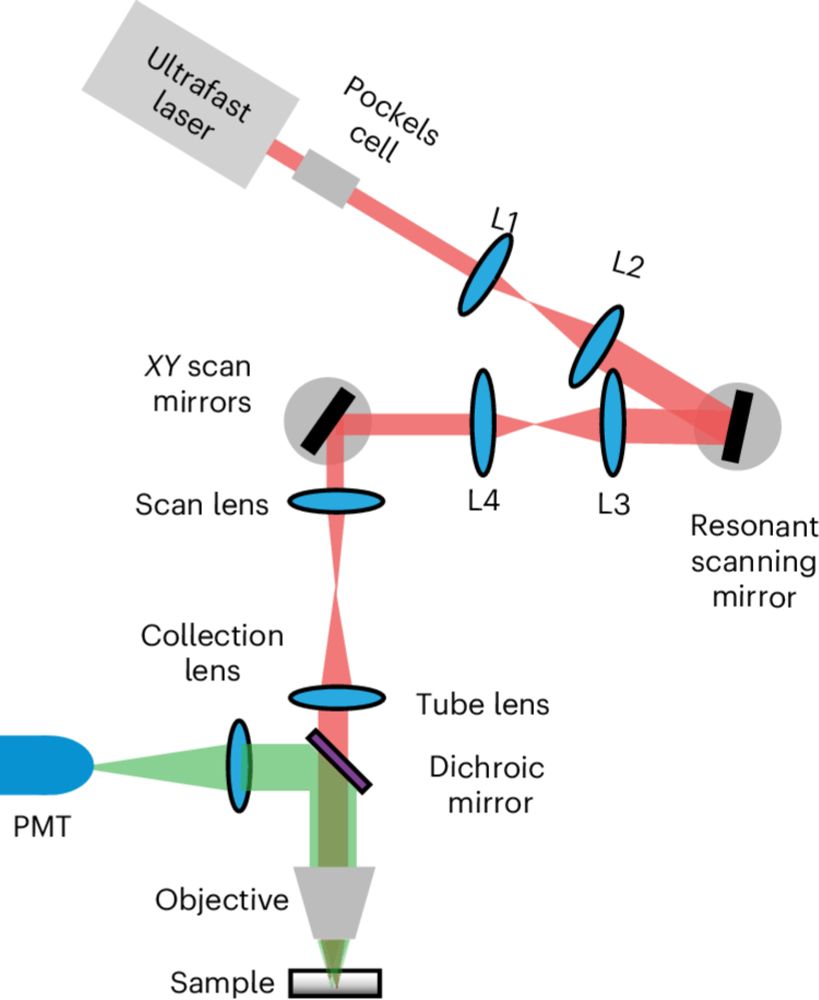
rdcu.be/edQXi

- Calcium imaging
- GCaMP8 vs. GCaMP6
- Spike inference
- Imaging + ephys ground truth
With F. Helmchen, K. Svoboda, M. Rozsa & X. Fang.

- Calcium imaging
- GCaMP8 vs. GCaMP6
- Spike inference
- Imaging + ephys ground truth
With F. Helmchen, K. Svoboda, M. Rozsa & X. Fang.
A single dose of meloxicam seems to be enough. Even the addition of opioids cannot provide a clear benefit. (in line with recent work from others, see cites in our preprint): www.biorxiv.org/content/10.1...

A single dose of meloxicam seems to be enough. Even the addition of opioids cannot provide a clear benefit. (in line with recent work from others, see cites in our preprint): www.biorxiv.org/content/10.1...

